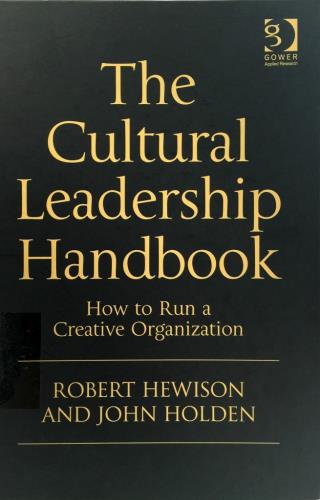Bachelor's degree with a double major in Chinese and Art in Peking University. Master of Art and Administration in New York University. She has served in the Macao Cultural Affairs Bureau, the New York City Department of Cultural Affairs and the Museum of Chinese in America, working as art administrator and curator. She is now working as an art educator and administrator in New York, as well as an independent curator and writer.

I wonder if all cultural and artistic types share the common fear of numbers. More often than not, most of them fail to immediately distinguish between thousands and millions when coming across a spate of figures, mistaking tens of thousands as hundreds of thousands.
For artists, shying away from numbers may have been a norm, if not a statement. Any talk of cost-effectiveness is likely to draw ire from the artists, mostly because of their long-held conviction that the value of art and culture cannot be measured by numbers. In a good way, art soothes and even enlightens one’s soul; such effects are difficult to quantify. However, does it imply that participation in cultural endeavors should be encouraged without any regard for costs? Can we perceive certain principles, taken for granted in a specific context, to be true under other circumstances? I often come across people holding such attitude: “Don’t try to discuss arts and culture with me. I won’t get it.”—which explains the deepening divide between culturalists and non-culturalists, as all parties involved are only interested in their own rhetoric without making the effort to communicate and fathom the values of one another.
This is a momentous proposition. Cultural officials are obliged to impart the importance of public expenditure on arts and culture to the general public; theatrical producers are tasked with pitching corporate patrons about all kinds of potential benefits resulting from making their projects a reality; not to mention the projects that purport to be products of cultural creative industries, whose imperative per se is to achieve financial viability as one of the objectives. Rather than just as a means of disseminating values, measuring the costs of arts and culture projects involves such issues as the legitimacy of allocation of public resources as well as the survival and sustainable development of cultural institutions and cultural creative enterprises. However, these issues appear to present a false proposition in Macao in recent years. The huge revenues brought by the gaming industry have given the cultural sector a lot more financial funding, an amount enough for quite a few opportunists to partake of under the guise of promoting culture. Without an analysis of cost effectiveness and an apparatus for objective evaluation, the whole sector will eventually find itself ridden with inconsistencies and the funding for genuinely worthy arts and culture projects will be undermined. A question worth considering would be, is there really no standard for measuring the value of arts and culture projects?
British scholars Robert Hewison and John Holden published The Cultural Leadership Handbook—How to Run a Creative Organization in 2011 on how to understand, share and even create the value of culture. From the aesthetic values of individual ideas to the economic and social benefits of collective cultural activities, the book offers cultural workers tons of practical advice on assessing the value of culture and leaves them room for thought. For example, arts and cultural organisations are advised to gauge the physical, psychological and spiritual impact of arts and cultural projects on the viewers through the use of questionnaires. Such “impact surveys” not only helps to quantify the impact of the otherwise abstract concept of aesthetic values, but also gives artists an opportunity to gain a better understanding of the artistic experience as perceived by the audience. Some studies have been made to investigate whether or not the public is willing to pay for the supposedly free cultural services. How much money will they be willing to spend? According to an overseas survey, residents are willing to pay an amount that exceeds 0.5 times or more the tax revenues actually spent on the public services in the cultural sector.
Such fussy, meticulous calculation is needed not because we are going to adopt a business-minded approach in the cultural sector or nullify the core values that are integral to arts and culture, but to point out the sheer feasibility of measuring the value of culture. However, all manners of number-crunching would eventually bring us back to the original point where it all started—culture is a priceless asset, so it is worth to put all efforts to measure its value.